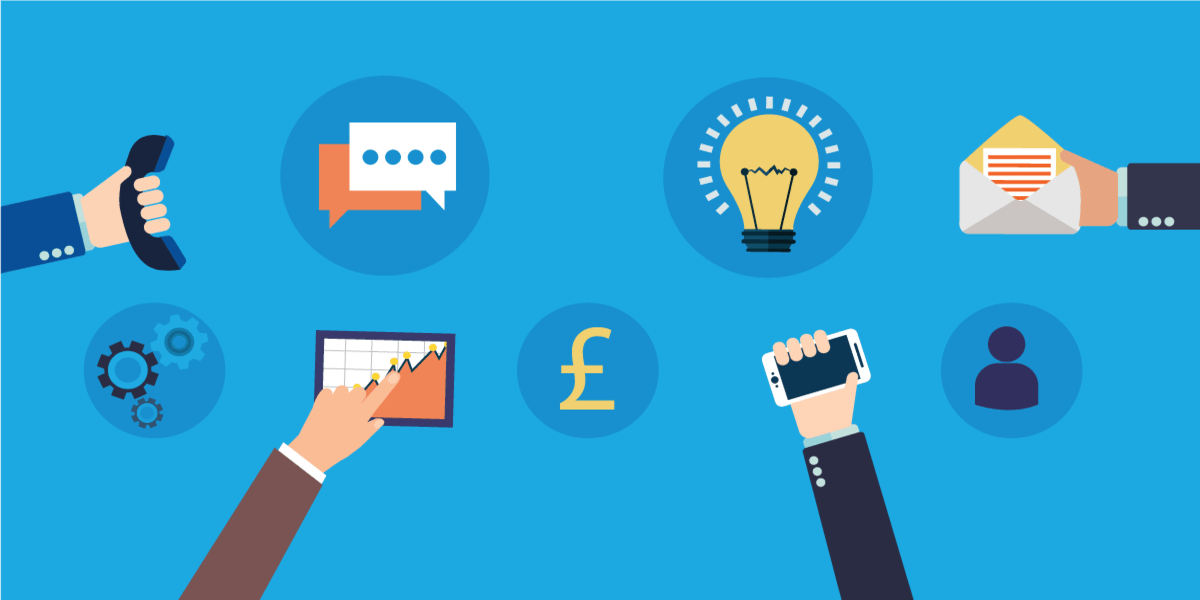Lead Generation Meaning refers to the process of identifying and attracting potential customers who are interested in a company’s product or service. It is the foundation of a successful marketing strategy, as it focuses on creating consumer interest and initiating the journey toward a purchase. The goal is to generate leads—individuals or organizations that show interest through actions such as filling out a form, subscribing to a newsletter, or requesting more information. Without lead generation, businesses risk having an empty sales pipeline, making it difficult to meet revenue goals. Understanding the lead generation meaning helps businesses align their efforts with strategies that drive qualified traffic and foster long-term customer relationships.
Why Lead Generation Matters
The importance of Lead Generation Meaning lies in its direct impact on business lead growth. Leads are potential buyers, and without them, there are no conversions or sales. Businesses can’t rely on random traffic or word of mouth; they need structured systems to consistently attract people who fit their target customer profile. Lead generation enables companies to focus on individuals who are more likely to become paying customers, making marketing efforts more efficient. It also allows sales teams to prioritize their outreach, spend less time on cold prospects, and concentrate on those with genuine interest. In competitive markets, where consumer attention is limited, lead generation provides a way to capture interest and convert it into action.
Types of Leads in Lead Generation
When exploring Lead Generation Meaning, it’s essential to distinguish between different types of leads. There are marketing-qualified leads (MQLs), who have shown interest through marketing channels, and sales-qualified leads (SQLs), who are ready for direct sales contact. Additionally, there are product-qualified leads (PQLs), based on user actions in freemium models, and service-qualified leads, often identified by customer support teams. Each type requires a tailored approach in communication and nurturing. Recognizing where a lead stands in the sales funnel helps marketers and sales reps design more effective strategies. Lead generation doesn’t stop at collecting contacts; it includes segmenting them correctly and understanding their readiness to purchase.
Online Channels Used in Lead Generation
Understanding Lead Generation Meaning also involves knowing which digital channels contribute to effective lead acquisition. Common channels include search engines, where SEO and paid ads drive traffic to optimized landing pages. Social media platforms like LinkedIn and Facebook allow for targeted campaigns that capture leads through forms and interactive content. Email marketing is used for nurturing and converting existing leads, while webinars, eBooks, and other gated content are tools for collecting lead information. A well-rounded lead generation strategy leverages multiple channels to maximize reach and increase lead quality. The digital landscape offers endless opportunities, but success depends on understanding where your audience spends time and how to engage them.
Inbound vs. Outbound Lead Generation
A crucial component of Lead Generation Meaning is the distinction between inbound and outbound strategies. Inbound lead generation attracts prospects by offering value through content marketing, SEO, social media, and webinars. It’s permission-based and focused on building trust over time. Outbound lead generation, on the other hand, involves actively reaching out to prospects through cold emails, cold calls, or advertising. While inbound methods are less intrusive and often lead to higher conversion rates, outbound tactics are quicker and can be scaled easily. An effective lead generation strategy often combines both methods to ensure a balanced approach that reaches potential customers at different stages of the buying journey.
Lead Magnets and Conversion Tools

In the context of Lead Generation Meaning, lead magnets are crucial tools for encouraging users to share their contact information. These are valuable offers such as free trials, downloadable guides, discount codes, or webinars, designed to exchange value for a prospect’s email or phone number. A lead magnet must be relevant to the audience’s needs and placed strategically on websites, blogs, and landing pages. Conversion tools such as pop-ups, slide-ins, and exit intent forms help capture attention and turn visitors into leads. The effectiveness of these tools depends on clear messaging, user-friendly design, and compelling calls to action. Without these elements, even high traffic websites may fail to generate meaningful leads.
Qualifying and Scoring Leads
Lead qualification is another key element when discussing Lead Generation Meaning. Not all leads are created equal; some may be ready to buy, while others are simply exploring. Lead scoring helps businesses assign value to leads based on criteria like engagement level, demographics, behavior, and interest. This enables sales teams to focus their efforts on the most promising opportunities. Tools like CRMs and marketing automation platforms offer built-in lead scoring systems that streamline this process. The goal is to reduce wasted effort, improve conversion rates, and ensure that leads are matched with the right message at the right time. Qualifying leads accurately increases overall marketing efficiency and sales success.
The Role of Landing Pages in Lead Generation
Landing pages play a vital role in the Lead Generation Meaning strategy by serving as the destination for ads, emails, and social posts. These pages are designed with a singular focus—convert visitors into leads. Unlike regular website pages, landing pages minimize distractions and guide users toward a specific action, like filling out a form or downloading an offer. The best landing pages include a strong headline, compelling copy, social proof, and a clear call to action. A/B testing is used to optimize their performance and understand what messaging and design work best. In lead generation, even small changes in landing page layout or copy can lead to significant increases in conversion rates.
Lead Nurturing and Follow-Up Strategies
Lead generation doesn’t end with collecting contact information; nurturing those leads is vital to converting them into paying customers. This part of Lead Generation Meaning focuses on building relationships through personalized and timely follow-up. Email sequences, educational content, targeted offers, and social media engagement are some of the ways to keep leads warm. The aim is to stay top-of-mind and address objections or questions the prospect might have. A successful lead nurturing strategy maps out the buyer’s journey and delivers relevant content at each stage. It’s about moving leads from interest to decision without being pushy. Effective nurturing increases trust and shortens the sales cycle.
Technology and Tools in Lead Generation
Modern Lead Generation Meaning is closely tied to technology. From customer relationship management (CRM) software like Salesforce and HubSpot to automation platforms like Mailchimp and ActiveCampaign, technology allows businesses to streamline their lead generation efforts. Tools for analytics, user behavior tracking, chatbot engagement, and form building all contribute to efficient lead capture and conversion. Integrating these tools ensures that no lead falls through the cracks and that every interaction is tracked for optimization. Technology not only enhances productivity but also enables marketers to personalize communication at scale, which is critical in a world where customer experience drives brand loyalty and sales outcomes.
Conclusion: The Future of Lead Generation
In summary, the Lead Generation Meaning goes far beyond collecting names and emails—it encompasses a strategic process of attracting, engaging, qualifying, and nurturing potential buyers. As digital channels evolve, so do consumer expectations, requiring businesses to be more intelligent, personalized, and responsive in their approach. The future of lead generation will involve greater use of artificial intelligence, predictive analytics, and interactive content to drive engagement. What remains constant, however, is the need for high-quality leads that convert into loyal customers. Companies that master the art and science of lead generation position themselves for long-term growth and sustainability in any market condition.
